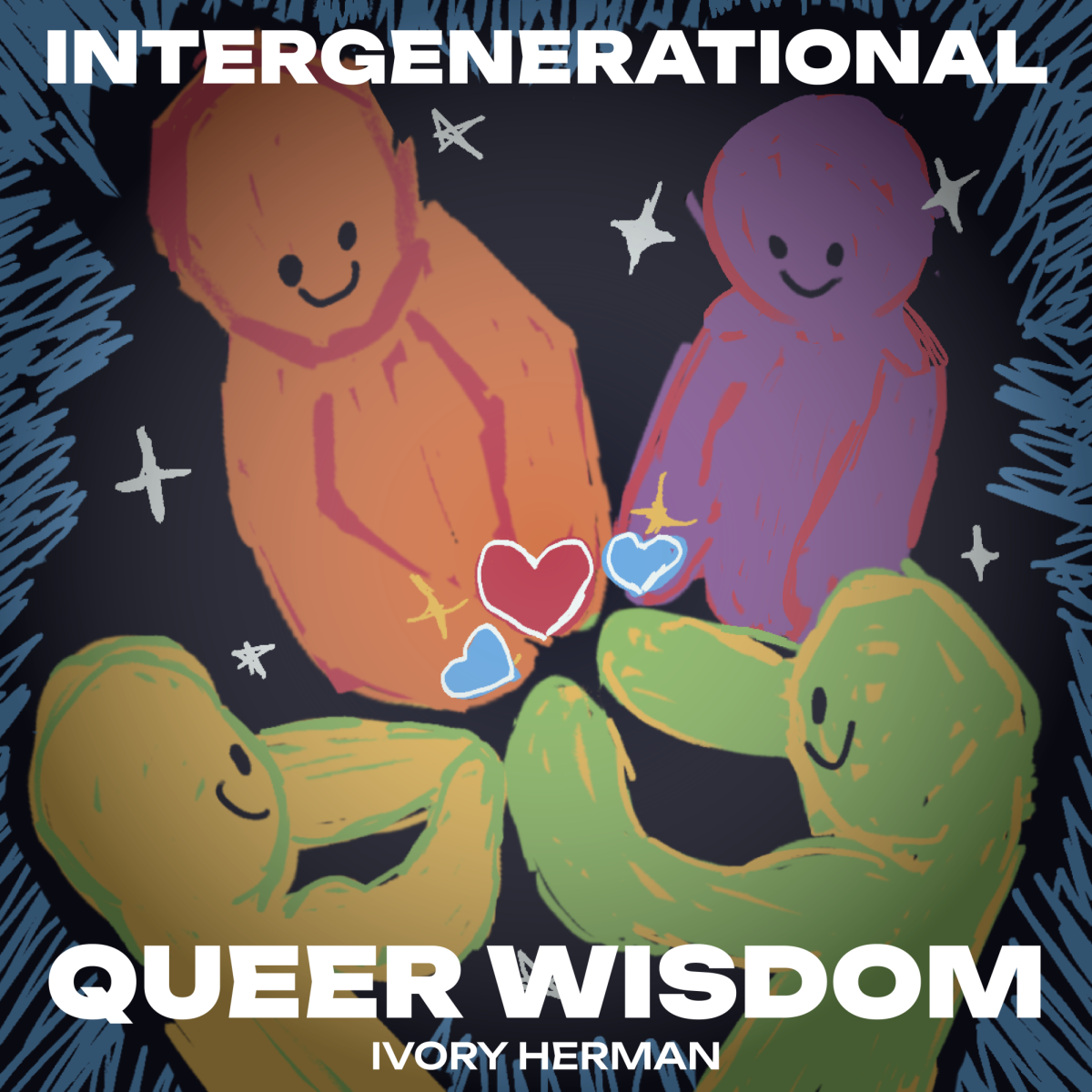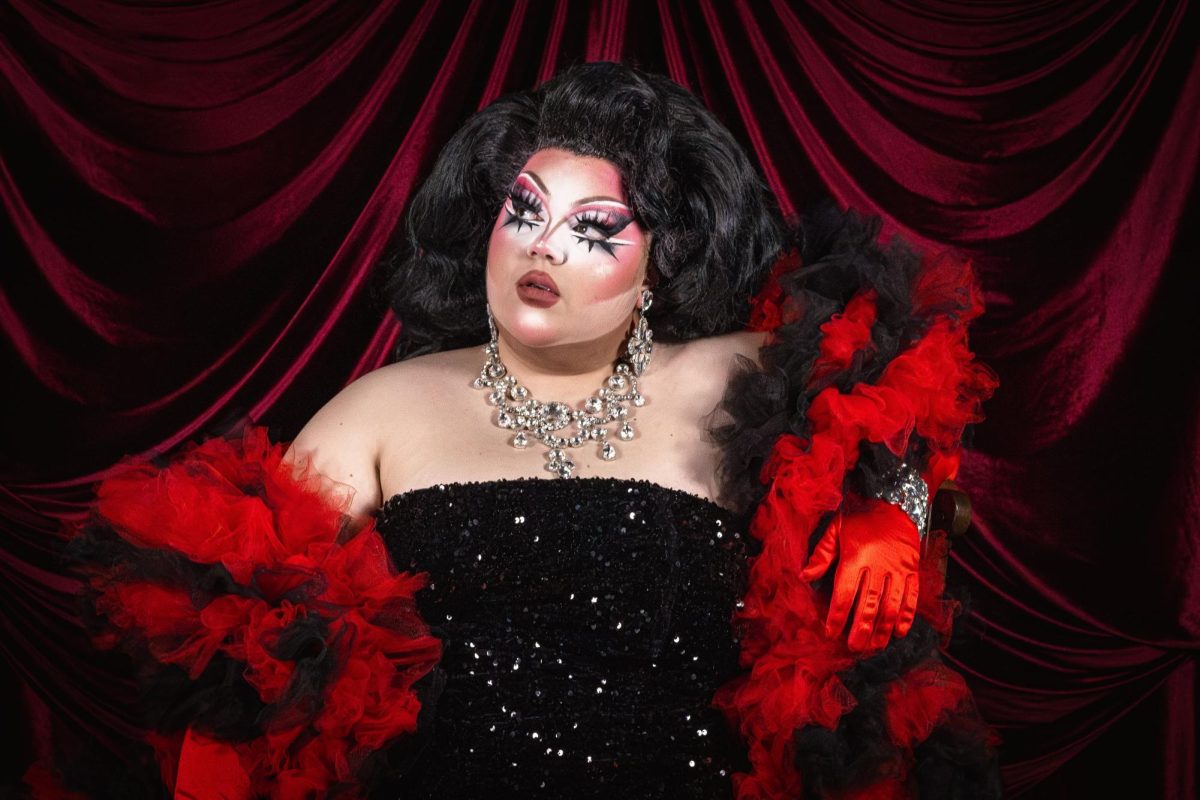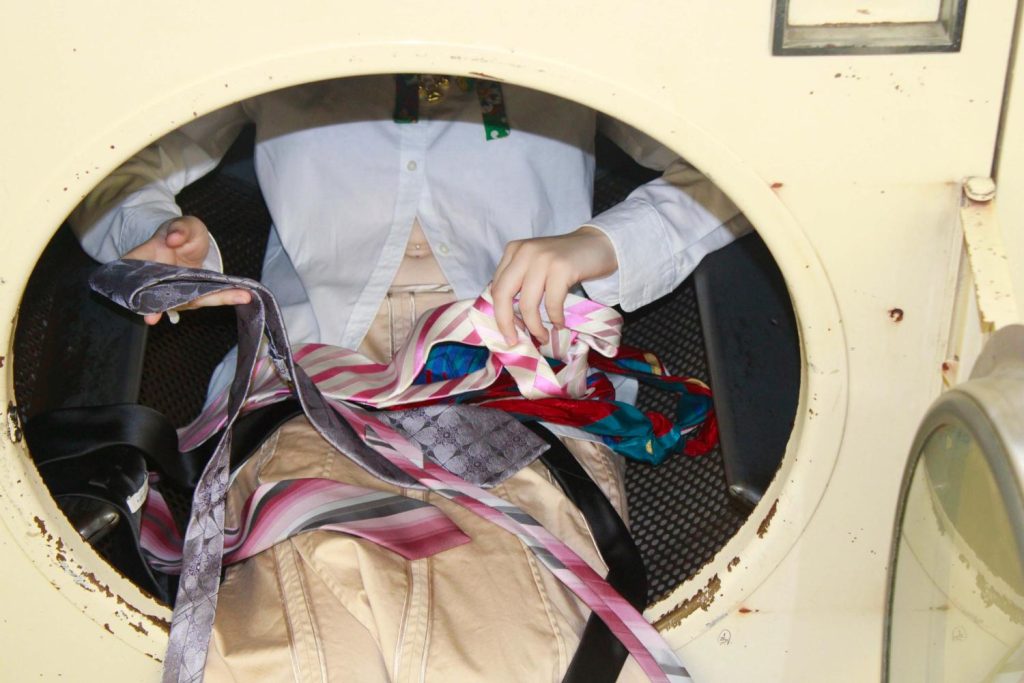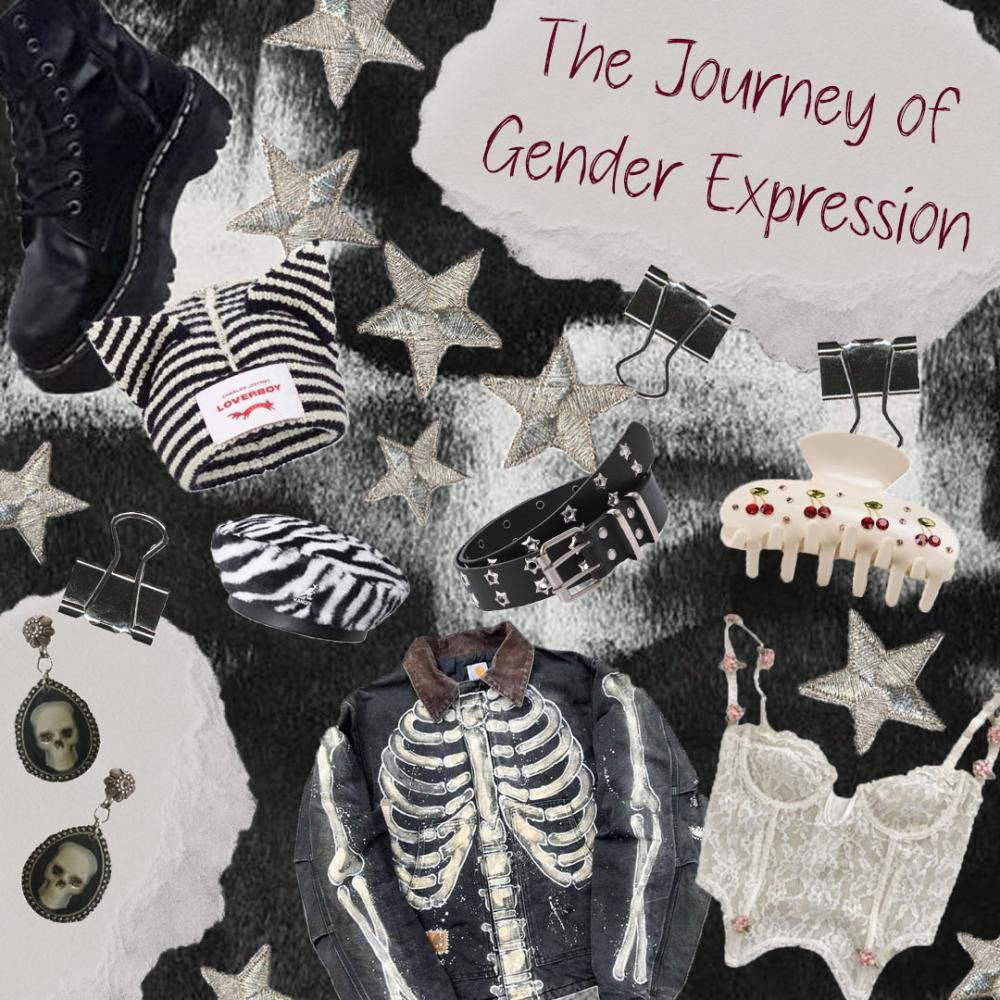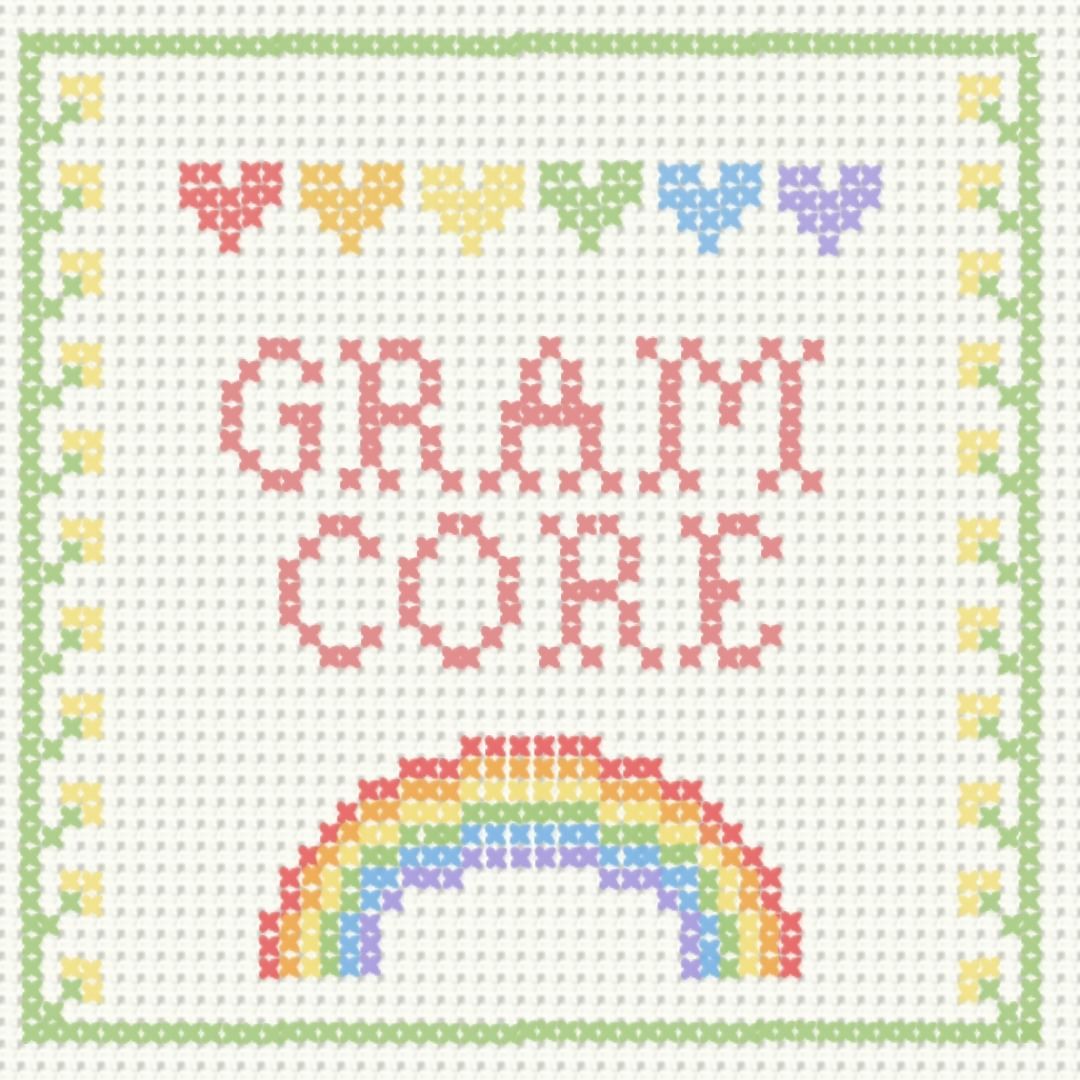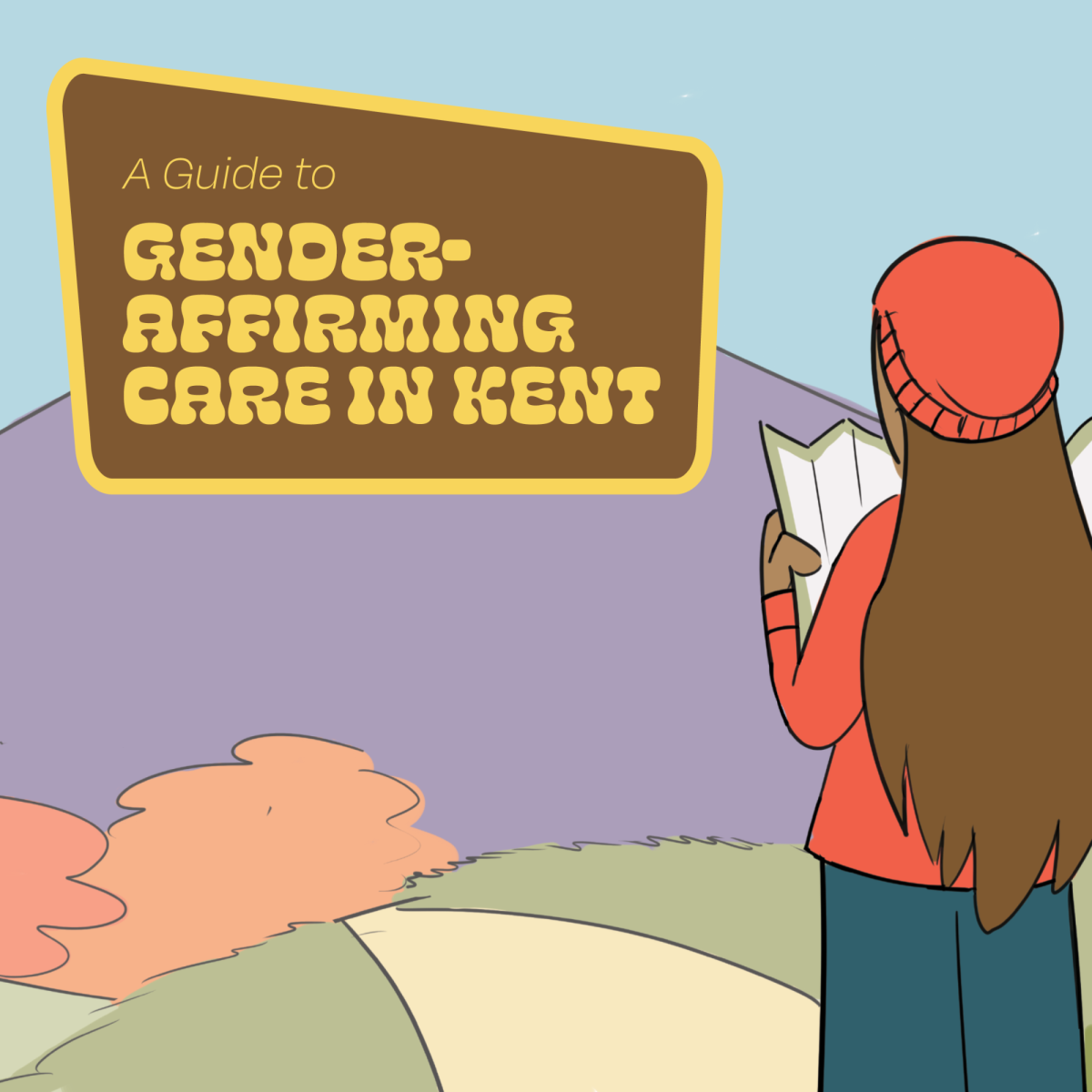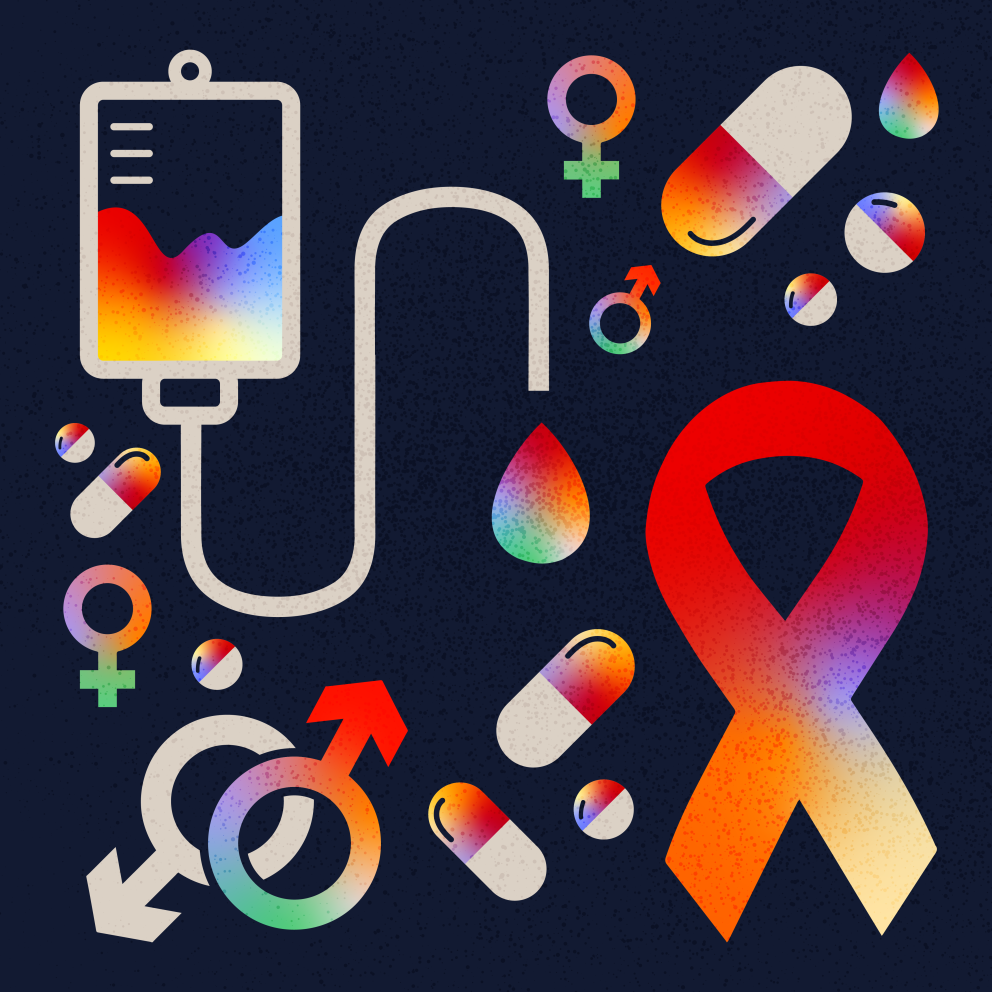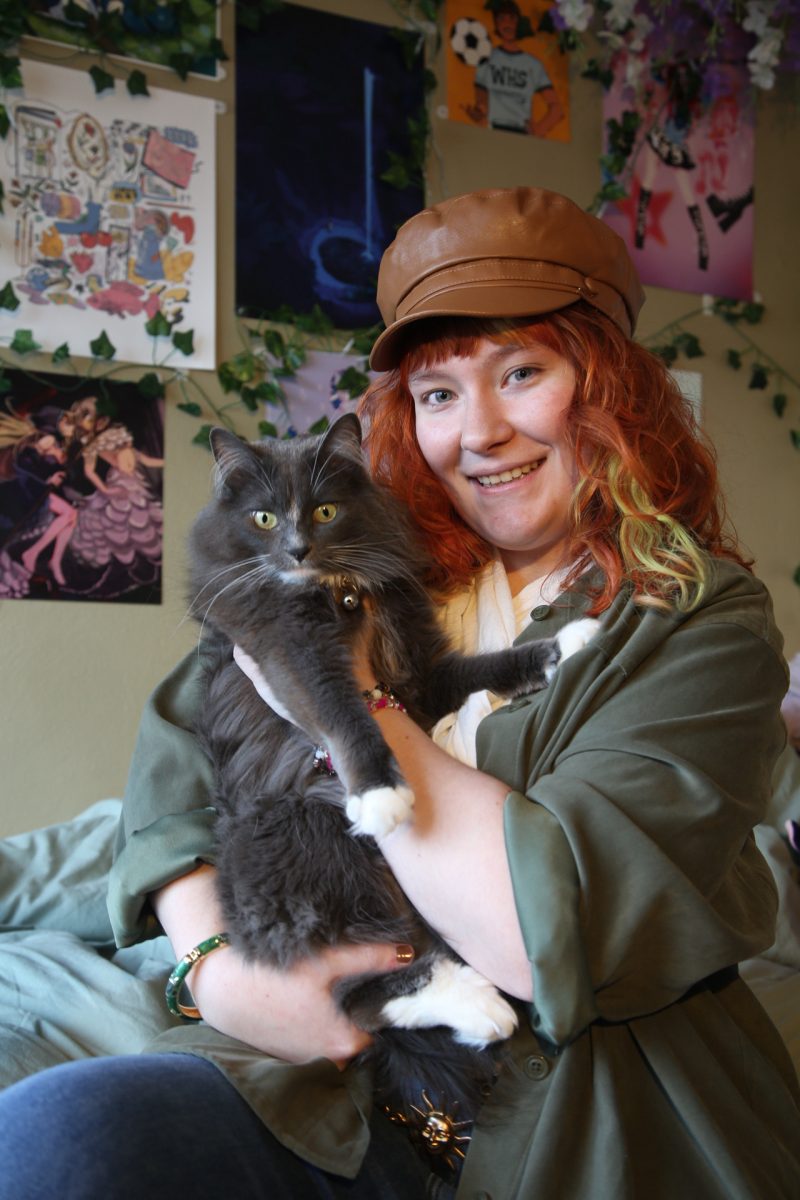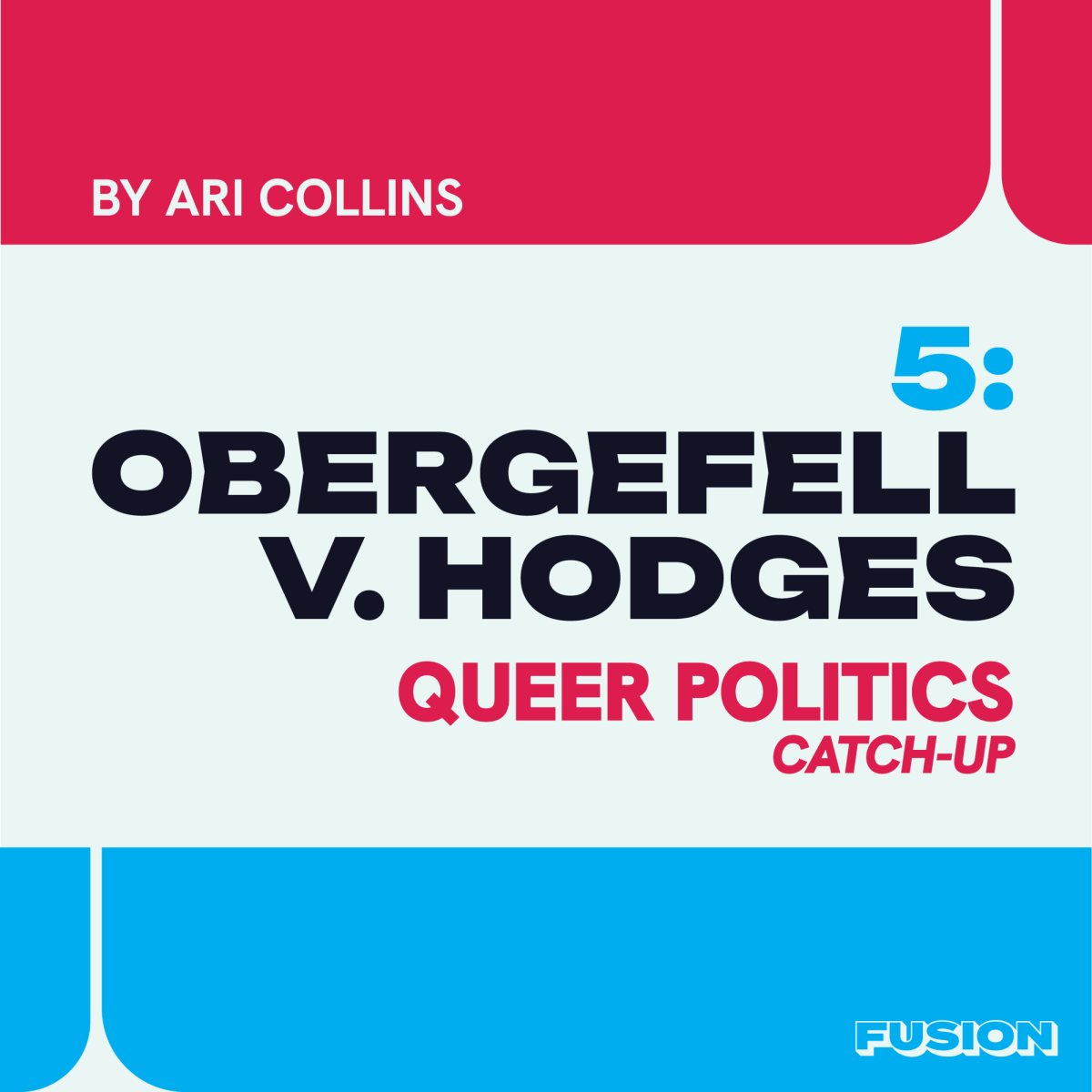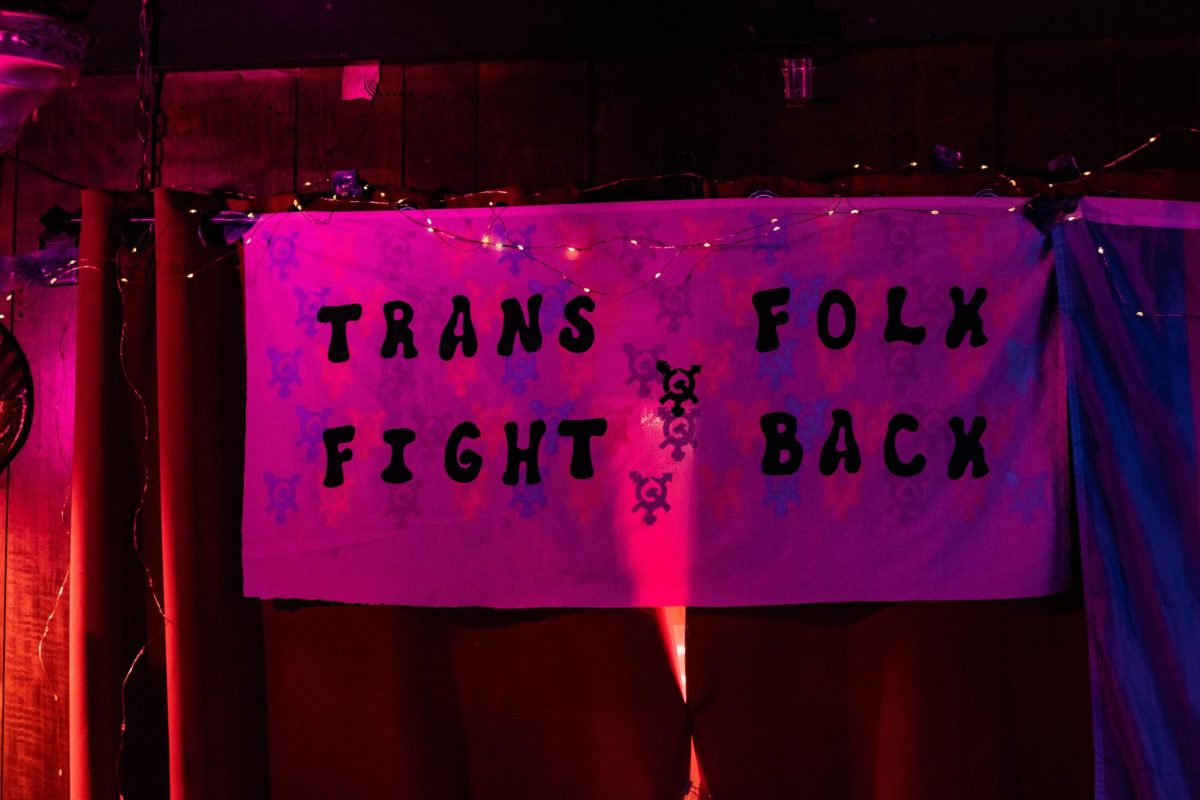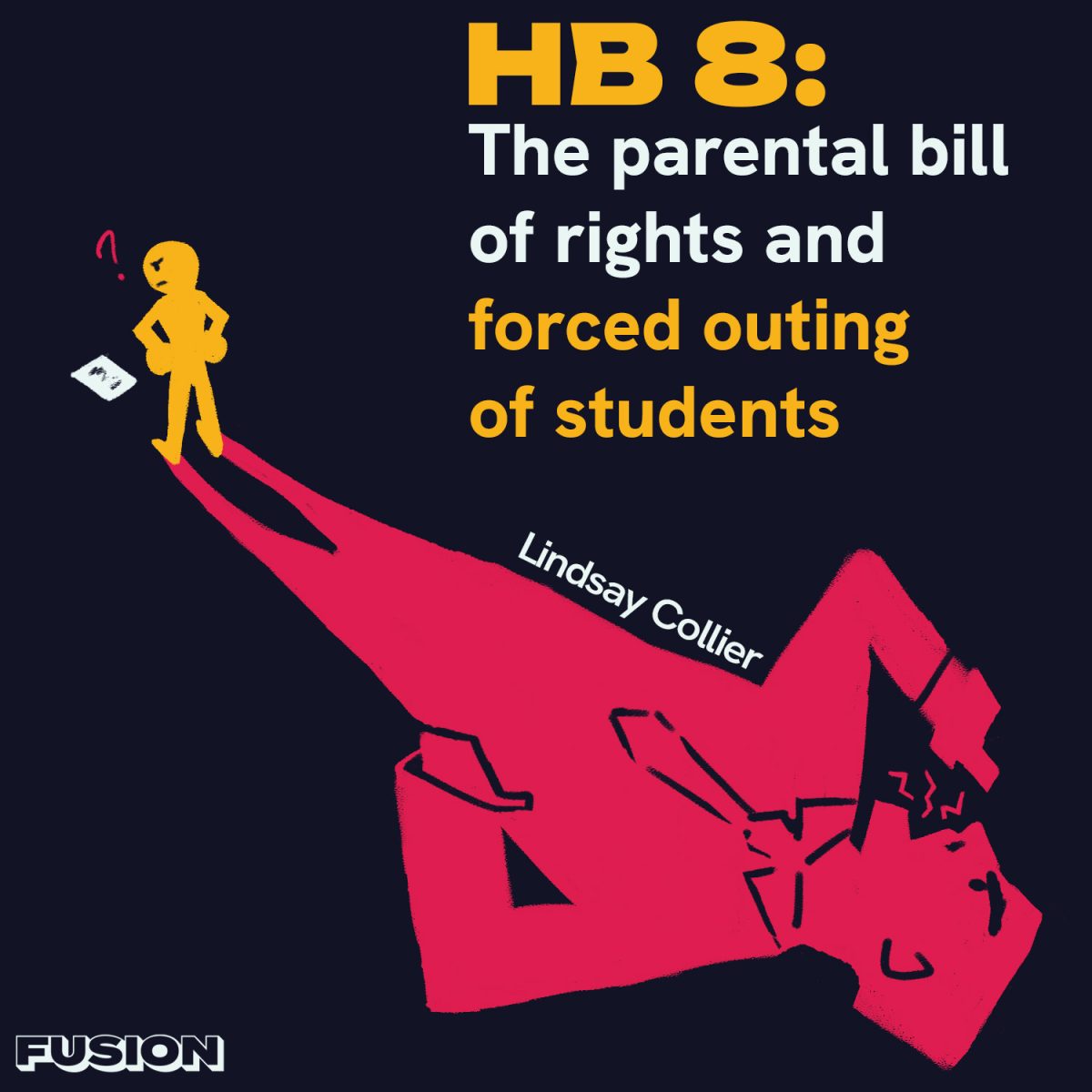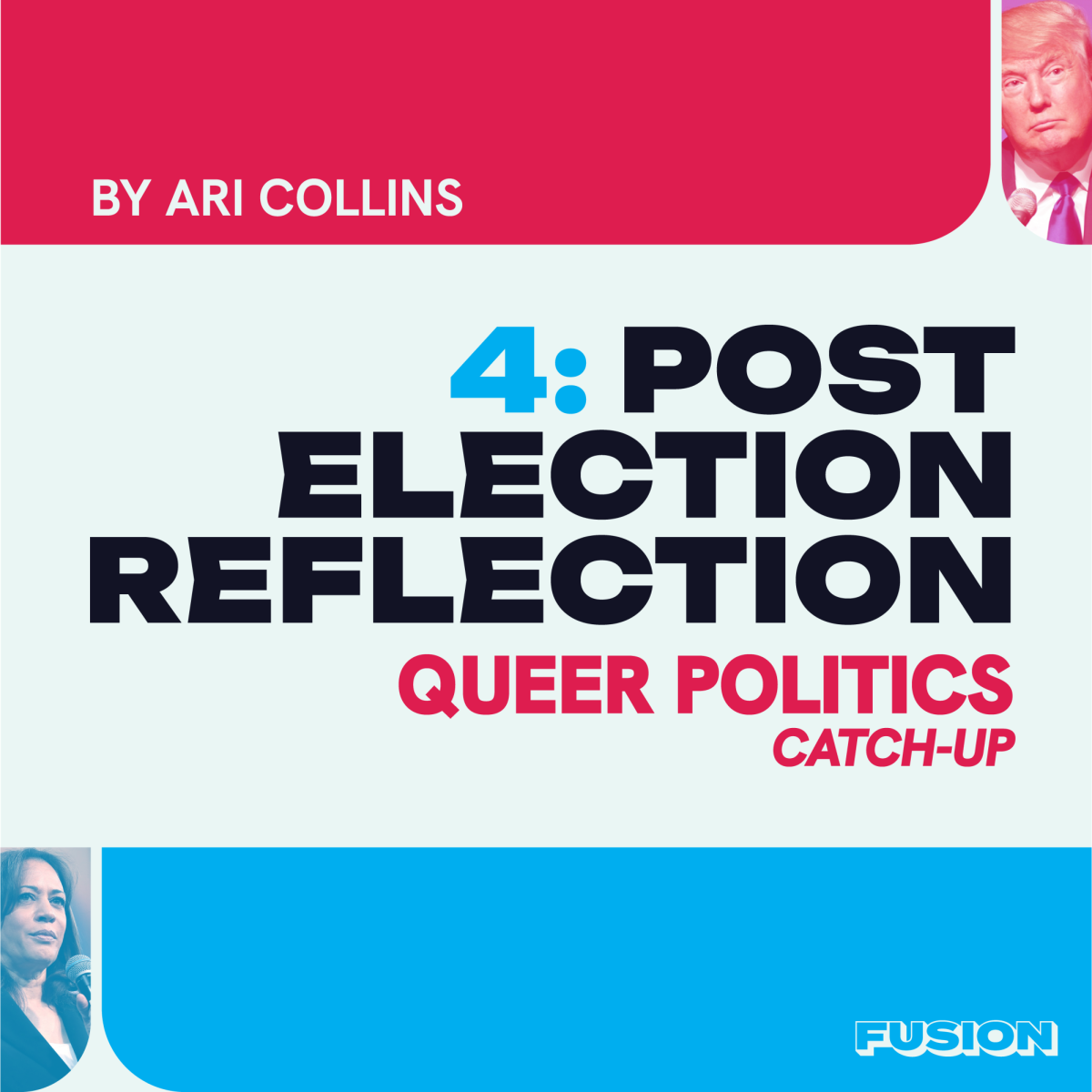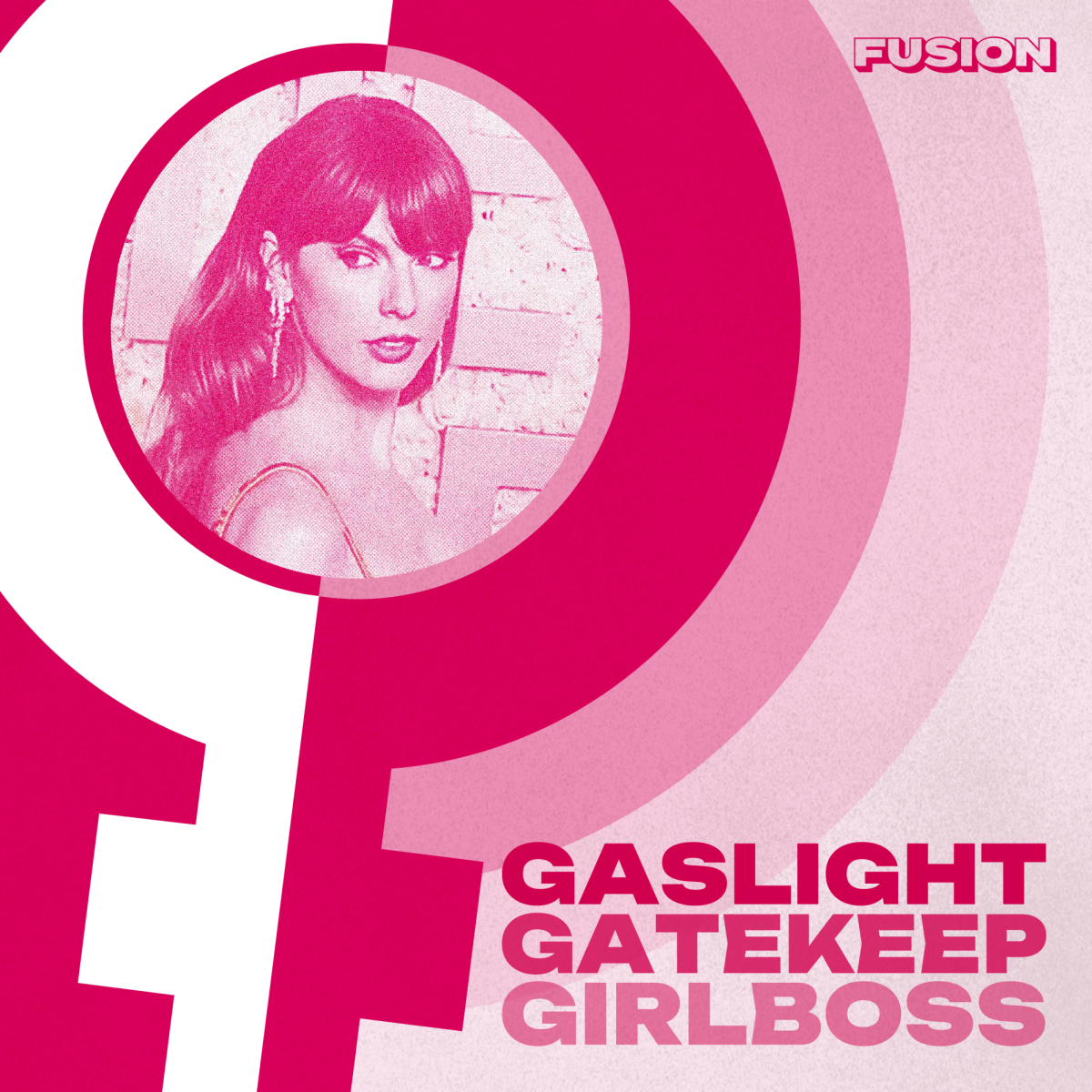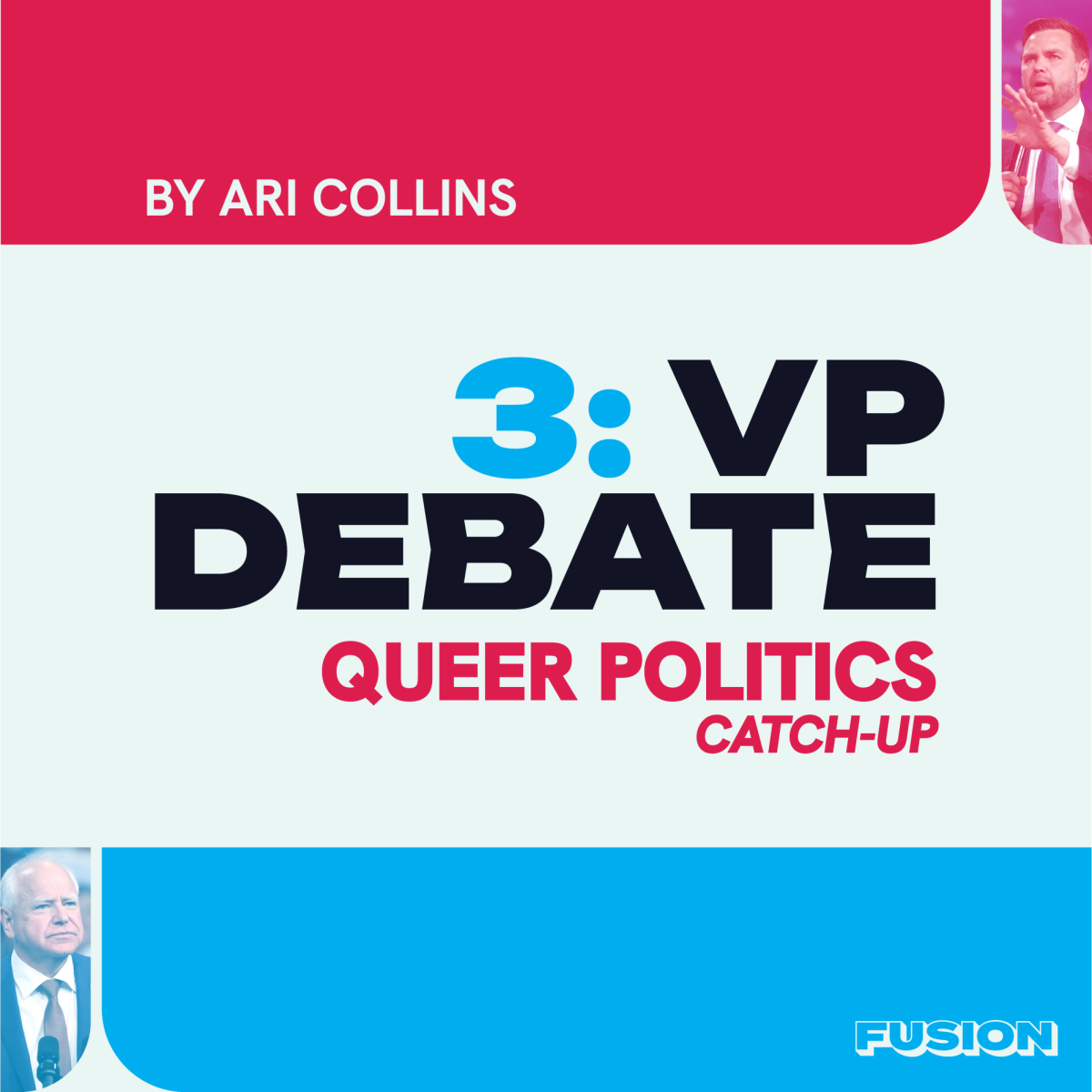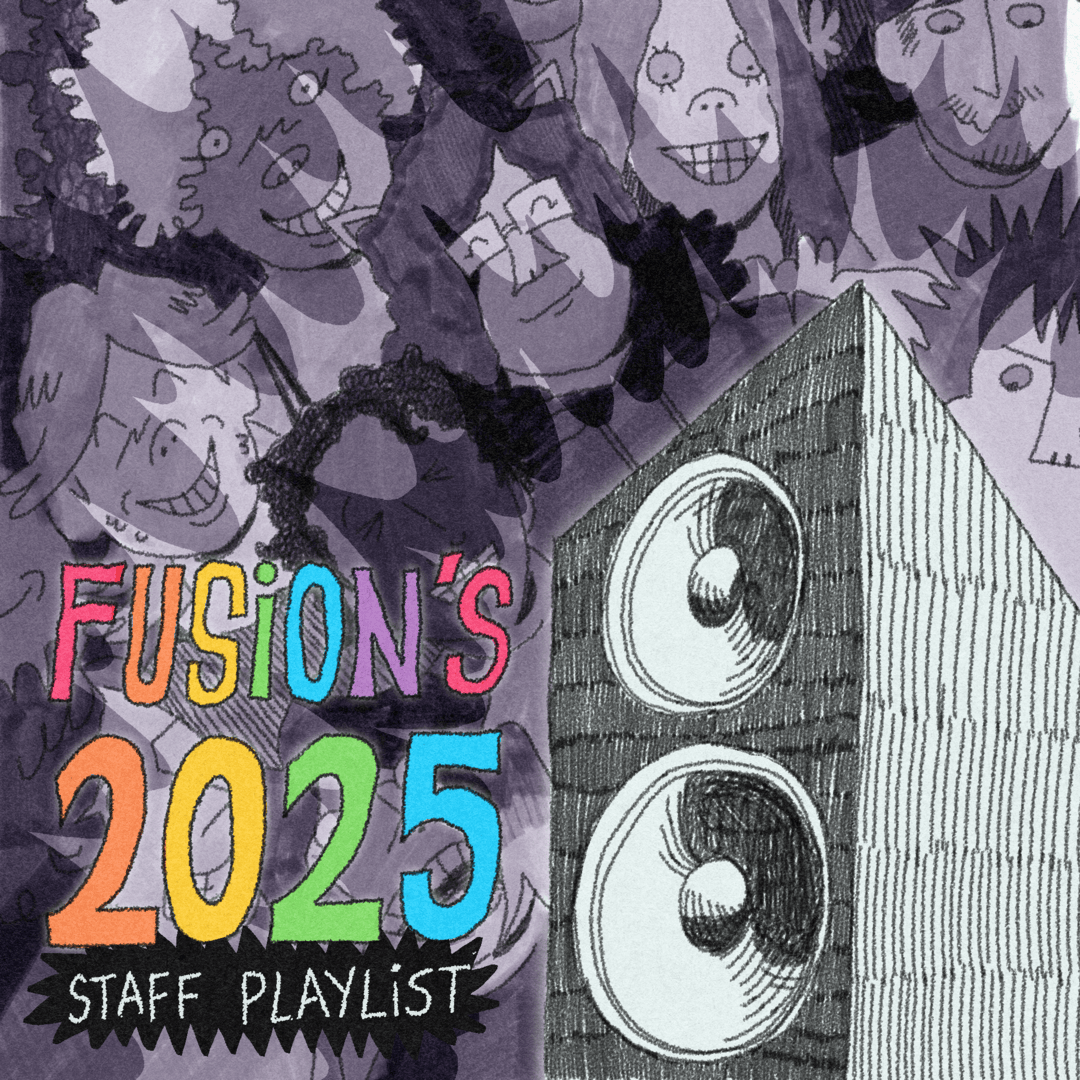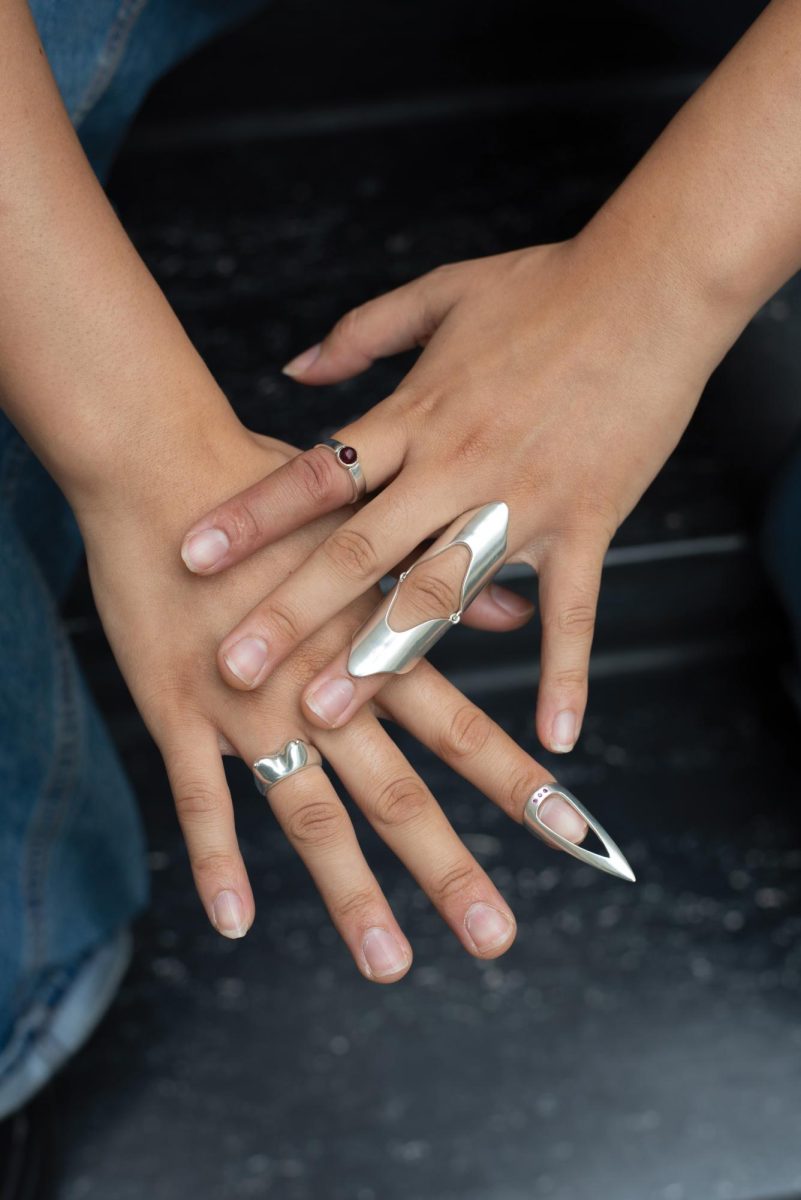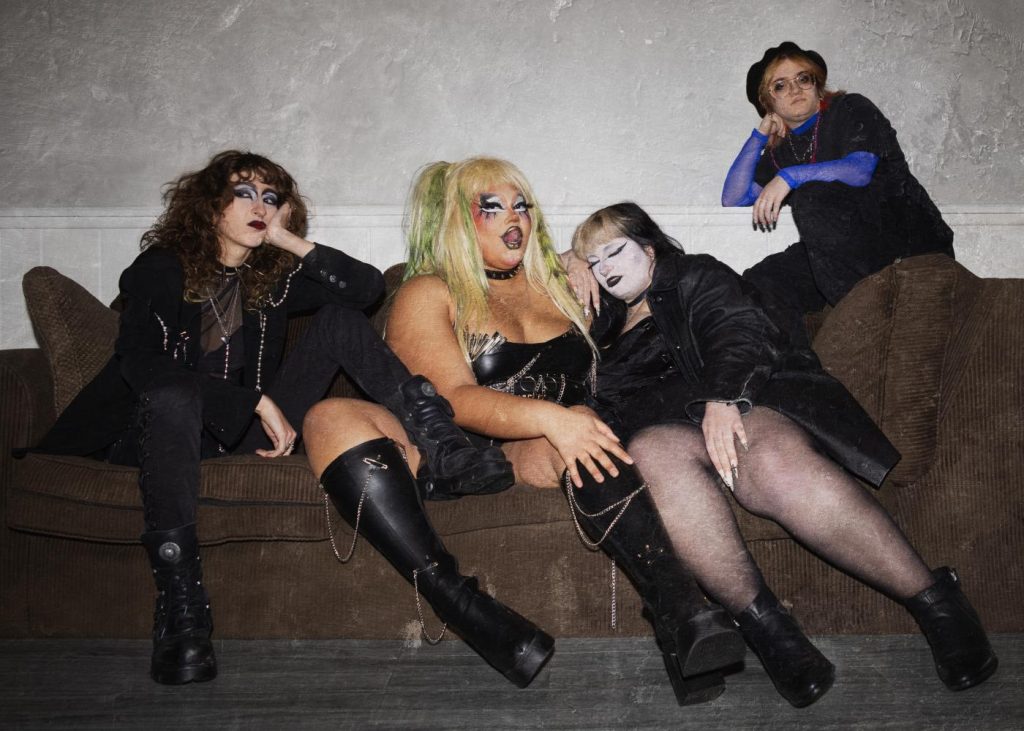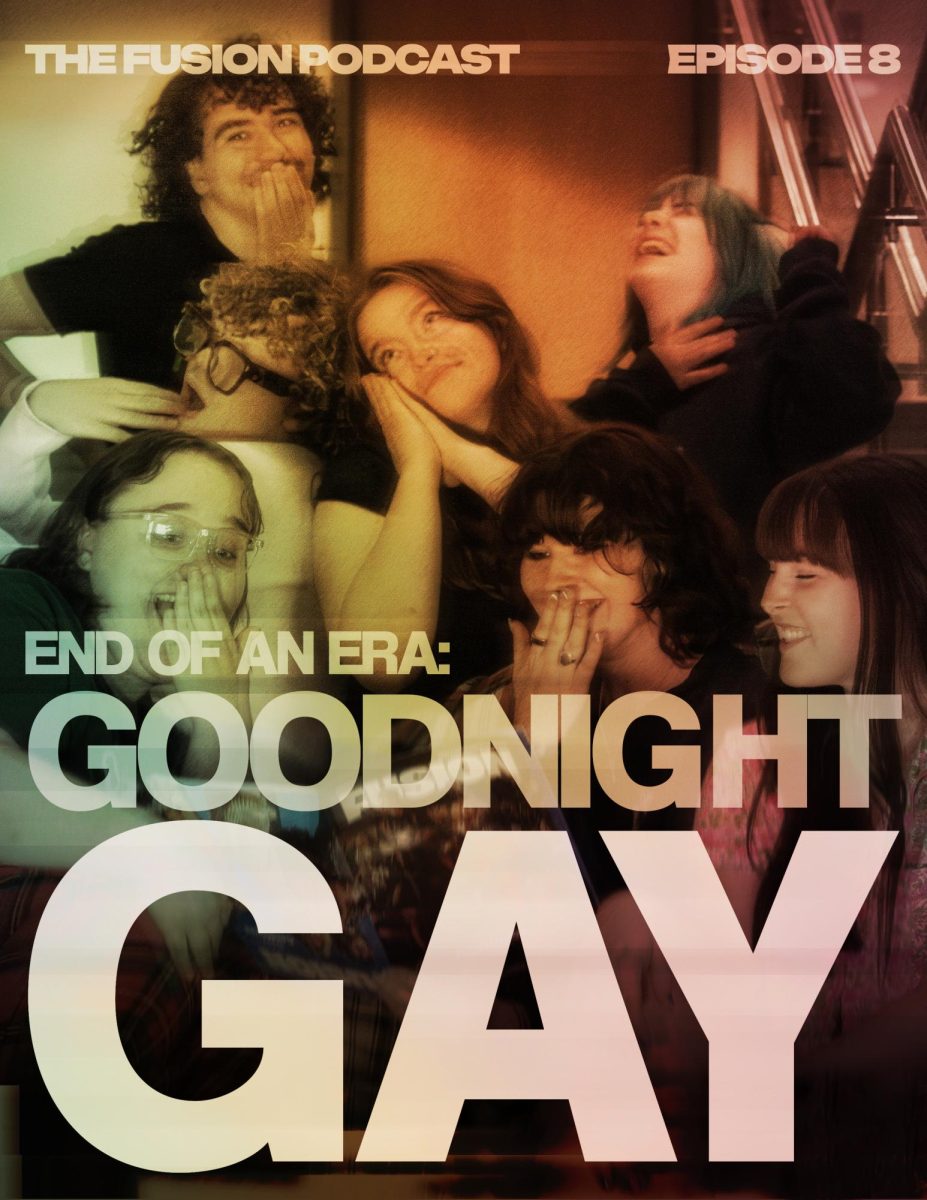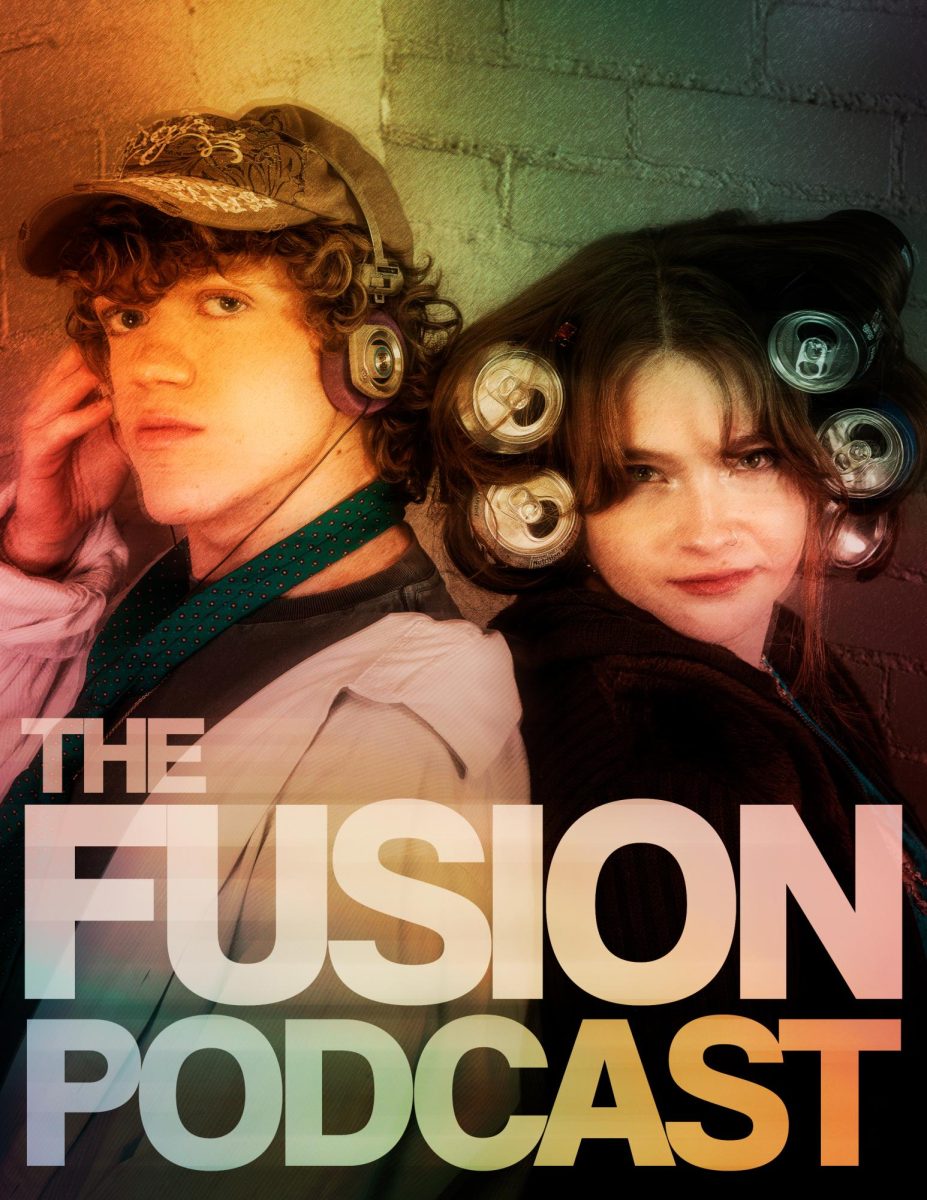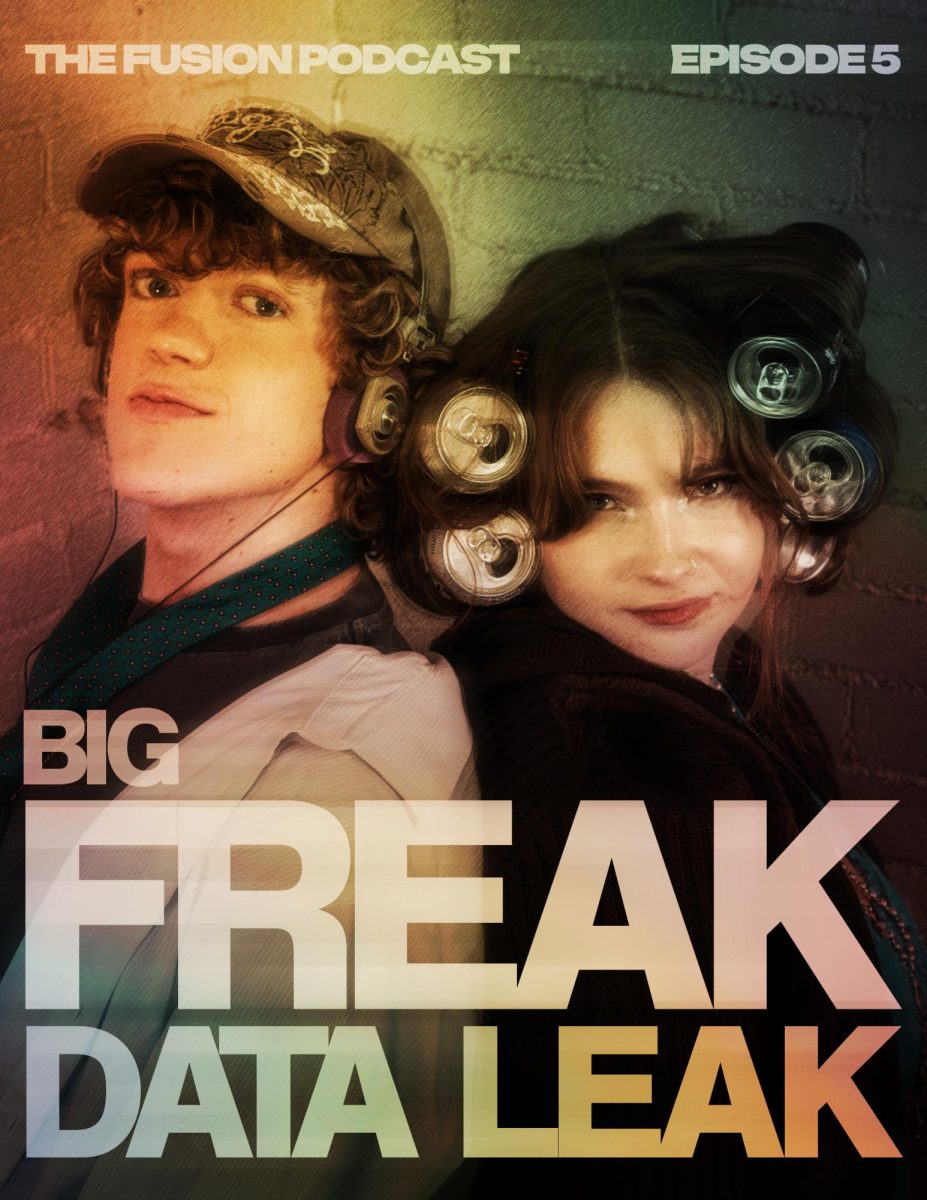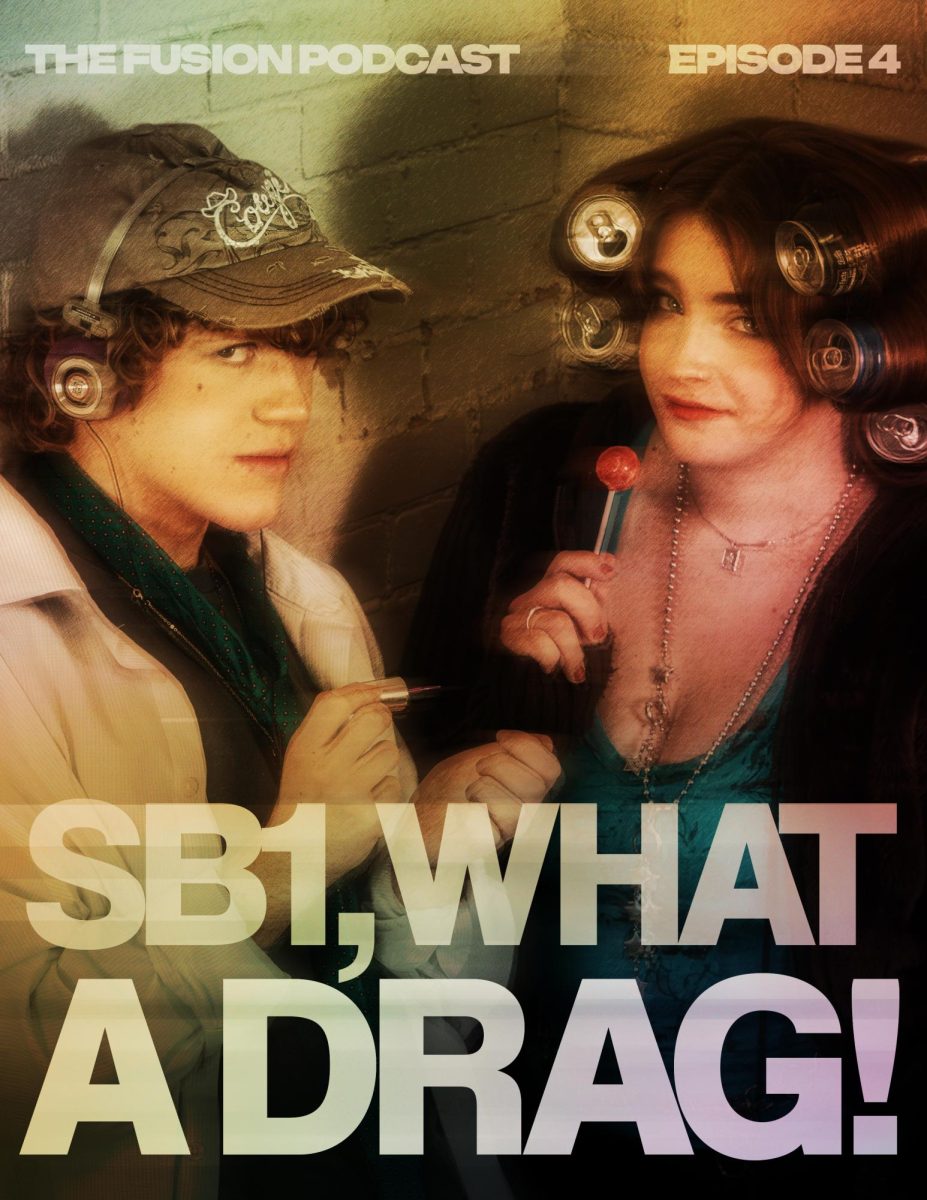The Negative Affects of the Lack of Sex Education for Queer Youth
Featured in Fusion’s Spring 2022 Issue
In today’s school systems, there is a widespread issue with access to adequate and accurate sex education for all adolcents, but especially those who identify as LGBTQ+. This lack of education leads to a negative stigma surrounding safe sex as well as adverse health affects for young adults.
“It’s depressing,” says Dr. Laura Mintz, a physician and researcher at MetroHealth Medical Center whose current practice focuses on LGBTQ+ healthcare for adults and children. “My perception is that as a physician, educator and clinician, we are not offering young people the resources and tools they need to keep themselves healthy. It is causing all kinds of unwanted health outcomes. There is a larger risk that without the totality of information, it creates an impairment for you to understand and protect your body.”
Youth are not receiving proper sex education in school, and what they do get is centered around abstinence and only using protection, such as condoms or birth control, as a means to prevent pregnancy. There is a shame surrounding sex, pushed by parents who believe that not talking about sex will discourage youth from having it. This only leads to negative health outcomes as students are forced to fend for themselves.
Heidi Blakeley, who identifies as queer and works in cosmetic retail, describes the inadequate sex education she recieved when when she was younger. She said, “First of all, it [health class] was not mandatory, so you didn’t have to take it. It wasn’t very accurate or helpful. One day we’re watching this video about abstinence and the next day we’re watching a video about the guy who eats McDonalds for 30 days.”
Blakeley discussed how the class did not include any way for students to protect themselves or to have safe sex, beyond abstinence. The class promoted the idea that sex was only a way to reproduce and was not meant for pleasure. She continued, “there were absolutely zero queer call outs, none, that was not allowed,” so the LGBTQ+ students were even further isolated.
The Human Rights Campaign (HRC) found that most LGBTQ+ students reported having sex education focused almost exclusively, if not entirely, on heterosexual-cisgender relationships and pregnancy prevention. A study from GLSEN — an American education organization working to end discrimination based on sexual orientation and gender identity — found that less than 5 percent of students who identify as queer had a positive representation of LGBTQ+ topics in their health classes.
Many feel sex education isn’t necessary in schools. According to Lauren Farrar for KQED, “Opponents [to sex education] argue that this type of information should be left up to parents to teach their kids about and shouldn’t be taught in schools.” This approach often results in many youth receiving no form of sex education.
“My mom really didn’t give me the sex talk. She really just trusted the school system to educate me,” Blakeley says. “Throughout my life she would talk about things like I already knew them. Which I did, because I was eighteen and a closeted queer, hypersexualizing myself and not understanding why I felt that way. I just thought that was how life was supposed to go.”
Dr. Gerald Montano, a physician at the Center for Adolescent and Young Adult Health at UPMC Children’s Hospital of Pittsburgh and the Medical Director of the Gender & Sexual Development Program, believes sex ed should be taught in school because, “It would be standardized. It’s done professionally and everyone gets a chance to learn it. It allows for accountability to make sure we’re teaching the right things.”

He added, “Whether we like it or not, teenagers, adolescents, are going to have sex. As a provider, my job is to make sure that if they do it, they do it safely. Education is a huge key because it’s hard to handle any of this if you don’t know what you’re doing.”
Queer students that don’t receive a positive representation get stuck in unsafe situations. “It affected me for a really long time,” Blakeley says. “I realized that genuinely everything that was taught to us was completely wrong.”
The HRC described that “well-designed and well-implemented sex education” has the power to reduce risky and dangerous behavior while also supporting more positive sexual health outcomes in teenagers. Emphasizing the necessity of protection during sex for everyone, regardless of identity, can help eliminate common stereotypes and myths. According to a report assembled by several queer and feminist activist groups, including the HRC, GLSEN, and Planned Parenthood, there are only 18 states that require medically accurate sex education. Of those 18 states, seven and the District of Columbia require sex education to be LGBTQ+ inclusive. Not receiving relevant and accurate sex education leaves LGBTQ+ students in a dangerous position.
“Comprehensive sex ed and sexuality education is critically important because it gives young people information about preventing violence, protecting themselves, negotiating relationships and can offer tools of curiosity and interest in their bodies in a safe and informed manner,” says Dr. Mintz. “The major risk is if you don’t give people information about how to navigate their own bodies and set up boundaries. It’s a recipe for exploitation.”
Eli Caudill-Rathbun, a freshman fashion design major at Kent State who identifies as gay, elaborated on this. “I didn’t have a proper sex education until my senior year and they barely touched on queer sex ed,” he said. “My school was fairly progressive, but you still got slurs thrown at you by other students. It felt like the stigma came from a lack of education on the educators’ part. I had to teach myself sex ed and learn from experience. I had to make mistakes and find out from that.”
This lack of sex education for LGBTQ+ students in high school is often paired with a lack of a trusted adult. Queer youth are then forced to turn to peers or the internet for sex education. These sources are more unreliable, often full of information that is not age-appropriate or medically accurate, and can also be misinformed.
Jo Yurcaba reported in an article for Forbes that, “Sex ed that excludes LGBTQ+ people is tied to worse health outcomes.” Yurcaba explained that LGBTQ+ youth receiving a sex education where they see themselves reflected in a positive light can be life-changing, and even life-saving. Without effective sex education, students are not learning how to protect themselves.
Queer-inclusive sex education is also threatened by efforts across the U.S. to ban queer content in K-12 schools. One example is the Parental Rights in Education Bill, nicknamed the “Don’t Say Gay Bill.” It has passed the Florida Senate and now awaits Republican Governor Ron DeSantis’s signature at the time Fusion went to print. Kiara Alfonseca wrote for ABC News that this bill would limit classroom discussions on sexual orientation and gender identity. It would also encourage parents and guardians to sue schools or teachers if they talk about these topics. Those opposed to the bill fear it could put a complete ban on lessons of LGBTQ+ history, oppression and identities. If Governor DeSantis passes the bill, there is the concern that similar bills will be enacted across the U.S. Limiting LGBTQ+ education in all classrooms creates a larger disparity in queer sex education.
“It will just keep snowballing until we’re all so censored that no one is going to know anything. Kids are going to be more and more lost and put themselves in more dangerous situations,” Blakeley says.
Caudill-Rathbun agrees with this sentiment, saying, “I think it will be detrimental to queer youth. I also think it will further put sex ed in the hands of the individual which leads to risky things because they are left on their own. They have to learn from other people and adults can take advantage of that.”
Additionally, the lack of comprehensive sex education in high school creates a stigma around safe sex, which includes the idea that if there is no chance of pregnancy for a couple that has sex, it means condoms are no longer necessary.
“The stigma is because we live in a culture where people aren’t comfortable talking about sex,” says Dr. Mintz, “It [using condoms] needs to be chill and non-judgemental, a thing people do to protect themselves.”
Blakeley experienced this in her sex ed classes, saying, “It literally ties back to when you’re fourteen sitting in those high school chairs being told ‘don’t have sex,’ but if you do, to wear a condom because getting pregnant is a horrible thing. They didn’t care about anything else.”
This idea could not be further from the truth. Condoms protect against STIs, one of the most prominent being HIV, which is a large concern for many queer people. Pre-Exposure Prophylaxis (PrEP) is “a medicine taken to prevent HIV and is highly effective for preventing HIV when taken as prescribed,” according to the CDC. It has helped reduce the risk of getting HIV from sex by about 99 percent. PrEP has done immeasurable good for the community, but it also adds to the perception that condoms are not necessary.
Caudill-Rathbun described his experience with this: “A lot of my past partners and people I’ve been around have this idea that because they are on PrEP, they don’t need a condom. I don’t agree with that. I may be on PrEP but there are other things out there. If they have that mindset, then I won’t have penetrative sex with them. They really don’t seem to understand why I care so much.”
PrEP can only protect against HIV, not other STIs. Condoms are even more necessary today because many STIs are growing increasingly antibiotic-resistant and are not easily treatable. Most notable is the named “super gonorrhea” that, according to the CDC, is an emergence of cephalosporin-resistant gonorrhea. Cephalosporin antibiotics have long been the foundation of gonorrhea treatment, but this newer strand decreases their effectiveness which leads to additional complications.

Caudill-Rathbun has seen this misinformation in action, “I’ve met some people that see STIs as another common illness that can be treated and feel it’s not a big deal.”
Additionally, outside of condoms, there is almost no discussion of any other forms of safe sex. Few students ever learn about dental dams or vaginal condoms. Dental dams are typically latex or polyurethane sheets that are used during oral sex as a barrier between the mouth and vagina or anus. Vaginal condoms are loose fitting and are inserted into the vagina. These are both tools essential for safer sex that many people never learn about.
Blakeley expressed her frustration with this, saying, “I had no idea that there were other options other than condoms. Not only did they not give us the tools we needed to protect ourselves, they didn’t give us the options we needed to know how to protect ourselves. It was the bare minimum.”
It’s also important for people who have sex with multiple partners to get tested regularly. University of Michigan Health reports that getting tested regularly can detect an infection early if there are no symptoms. This is essential because treatment can be provided and long-term issues can be avoided. It’s also necessary to keep from spreading the infection to others.
Sex education needs to improve to make sex safer. This includes making it more accessible and inclusive. Comprehensive sex education benefits all students, especially those who identify as LGBTQ+. “School systems that, for example, only teach abstinence-only education, studies show that you have higher rates of unplanned pregnancies and STIs,” Dr. Montano describes, “But schools that are more comprehensive have much lower rates.” He adds, “Students should be taught what the risks are in each type of sexual activity, so they can take the necessary precautions.”
The lack of LGBTQ+ inclusive sex education directly leads to higher health risks and builds on the societal stigma around using protection. The culture in the U.S. largely stigmatizes sex and sex education. It should be about informing young people of all the factors and making it accessible so everyone can be informed about the decisions they make. As Caudill-Rathbun said, “We need more spaces that are educational and accessible for youth.”


